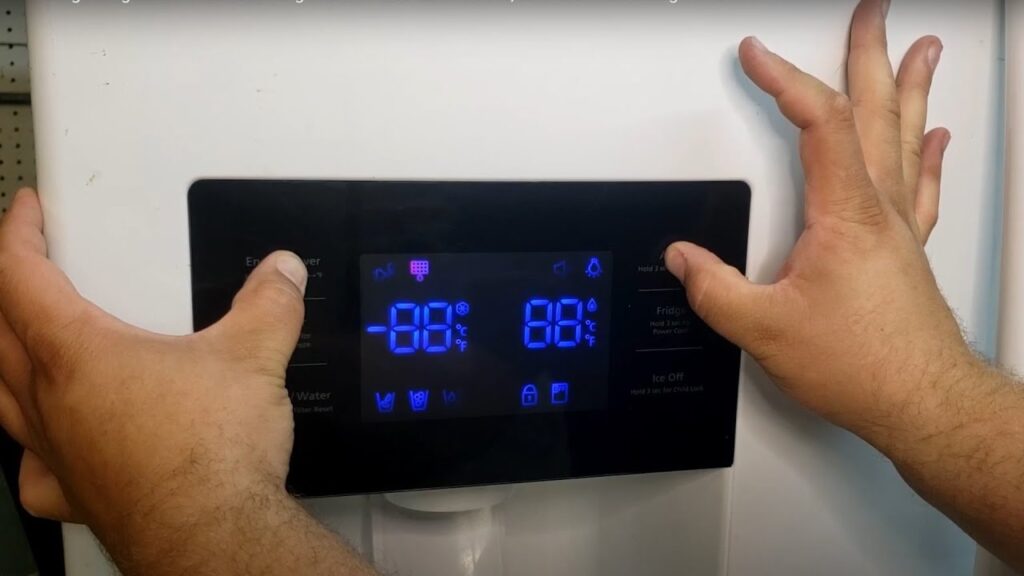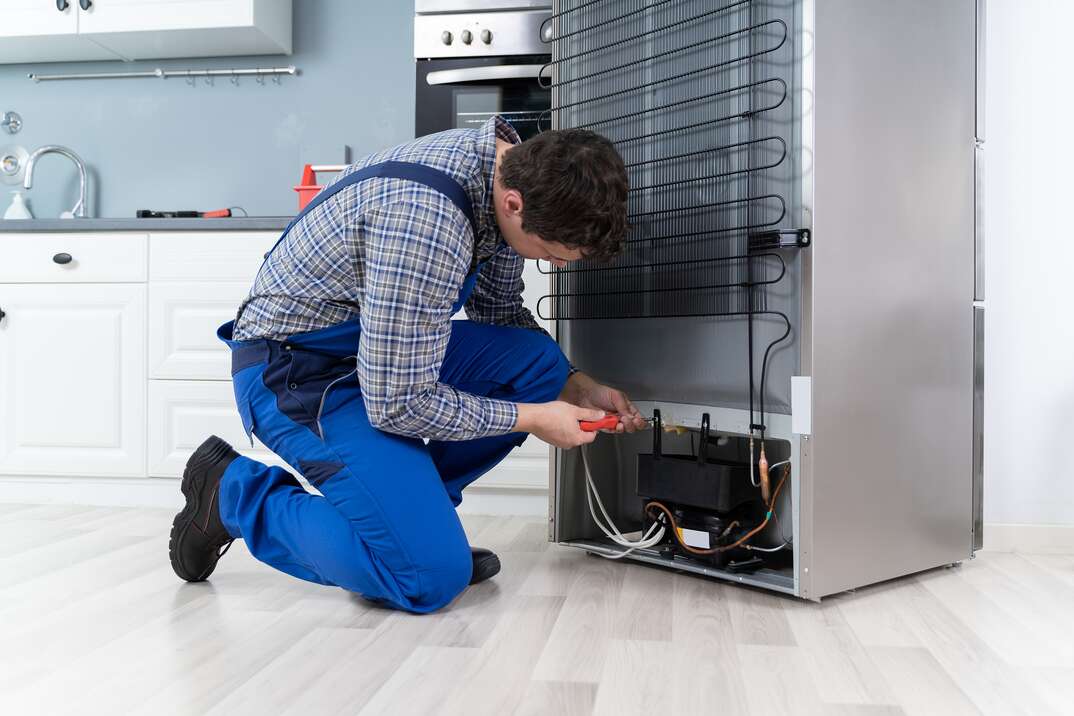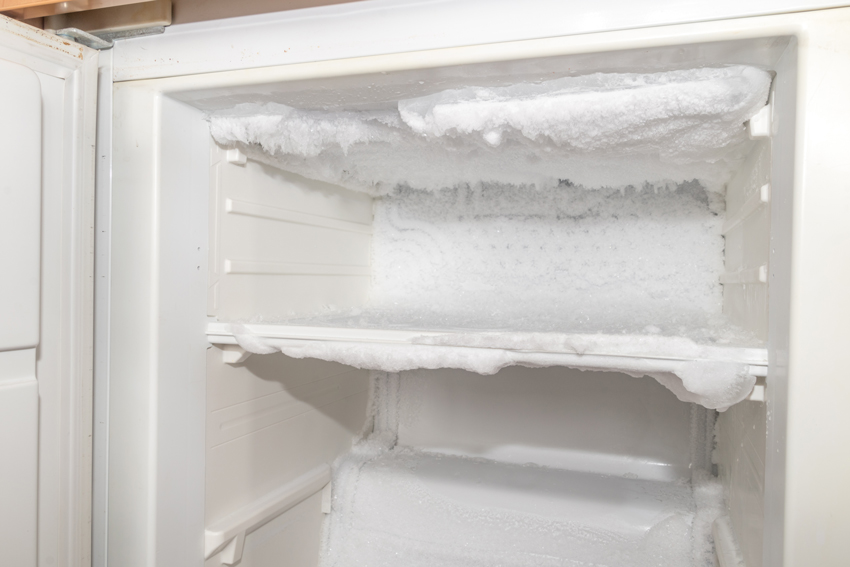A fridge that is flashing lights or showing no signs of power can be a cause for concern, as it may indicate underlying electrical issues or malfunctions within the appliance. Addressing these issues promptly is crucial to prevent food spoilage and ensure the proper functioning of your fridge. Understanding the common causes of a fridge with no power or flashing lights, along with appropriate solutions and preventive measures, is essential for troubleshooting. Here’s what you need to know:
Common Causes of a Fridge with No Power or Flashing Lights:
- Power Supply Issues: A fridge may not receive power due to issues with the power supply, such as a tripped circuit breaker, blown fuse, or disconnected power cord.
- Faulty Electrical Components: Electrical components within the fridge, such as the power cord, control board, or wiring, may be faulty or damaged, preventing the appliance from receiving power or functioning properly.
- Overload or Short Circuit: Overloading the fridge’s electrical circuit or a short circuit in the appliance’s wiring can cause a sudden loss of power or flashing lights as a safety precaution.
- Defective Control Board: The control board, which regulates the fridge’s electrical functions, may be defective or malfunctioning, leading to power issues or erratic behavior such as flashing lights.











